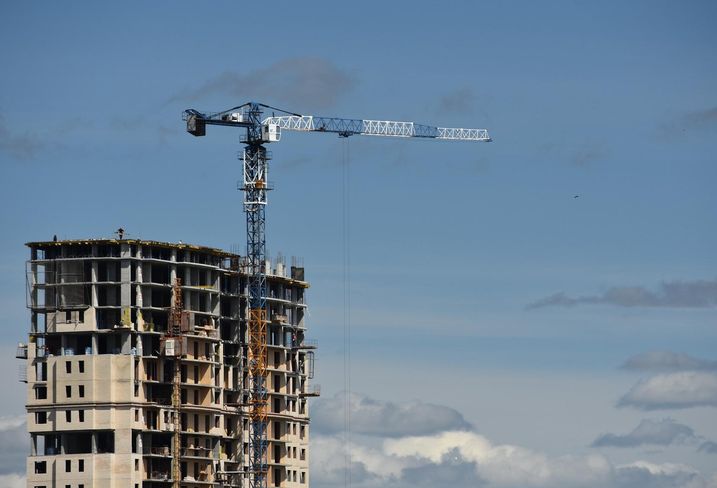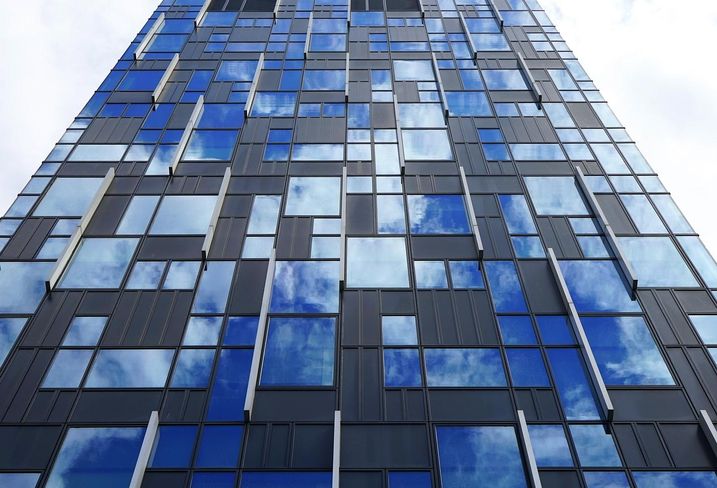Denver Poised For New Wave Of Apartment Conversion Projects
The trend of office-to-residential conversions, which have grown in popularity across the U.S., has yet to take off in Denver, at least for now.
Experts say the combined high demand for homes in metro Denver and softening office fundamentals are likely to drive a fresh wave of adaptive reuse projects, limited only by the creativity of developers.
Most large office-to-residential conversions are taking place in larger cities with more density than Denver has. For example, Washington, D.C., Philadelphia and Chicago are among those with the most converted apartment units in the last two years, according to data gathered by apartment search website RentCafe.
But there is no reason to think that Denver will be excluded from the latest crush of adaptive reuse projects because of its relative size, according to Anita Kramer, senior vice president of the Urban Land Institute’s Center for Real Estate Economics and Capital Markets.
“It’s all relative to the market. If a former or declining office building is in a location that can be attractive to a target market that works and would be interested in that location and that kind of product, I don’t think it matters what geographic market it’s in,” Kramer told Bisnow.
RentCafe’s report showed that a record 20,100 apartment conversions were completed in the U.S. in 2021, 41% of which were converted offices. Further, RentCafe projected that of the 52,700 converted apartments set to become available this year, about one-quarter would be converted offices.
While these apartment conversions are experiencing a renewed bout of popularity, the practice of turning older buildings into apartments isn’t a new idea. Developers in Denver and beyond have been converting underused factories, hotels, healthcare facilities and offices into trendy new projects for years.
Renters often like the historical feel and unique character of converted apartments, and some developers like them because they can skip some of the costly and laborious parts of building residences.
Making use of an existing building allows developers to get started on a project without things like excavation and foundation-pouring, plus the projects are usually surrounded already by needed infrastructure. In cities like Denver with higher parking requirements for apartment complexes, revamping an existing building that already has parking can save millions of dollars that would have been spent on a costly parking structure.
Skipping these steps also saves time, which in today’s environment of rapidly escalating construction costs, is also money. In a case study of its adaptive reuse project in Alexandria, Virginia, Lowe Development Co. estimated that it saved a full year of construction time by using the existing foundation and below-grade parking of an aging office building as opposed to building new.
“People think converting is fraught with risk, but anytime you can save 40% of your construction duration because you don’t have to dig a hole and come back out is appealing,” Lowe’s Executive Vice President Mark Rivers told Bisnow.
The opportunity for adaptive reuse will continue to make sense for a long time, Rivers said, including in markets like Denver.
“The reason I say that is that if you don’t reposition underutilized or underperforming product, then all you can do is grow out,” he said. "What we’ve learned is that people actually don’t want to do that. Even in spite of Covid, people still want to be in walkable environments."
But turning a commercial property into a residential one also comes with its costs and difficulties. New plumbing must be installed, electric work rewired. Plus there is the matter of ingress and egress, which in most building codes require that a room must have a window in order to legally be considered a bedroom.
Requirements like these mean that a building has to be right for transformation to residences.
Buildings that make attractive conversion targets need to have the right dimension and layout, Rivers said, which counts out deep office buildings with cavernous spaces between the core and the curtain wall. Developers also keep in mind that people move in and out of apartment buildings much more frequently than offices.
And, of course, the finances have to make sense.
“The question is: How much can you pay for that office building and still make the numbers work for multifamily?” Rivers said.
But if the market demand exists, Kramer said, and the building’s layout and structure are conducive, developers will find ways to make it happen.
“Once the strength of demand is clear and the building can be purchased at a good price for the developer, given what they have to put into it, there has been a lot of creativity going into how to make that building work,” she said.
And developers who want to get this kind of project done are likely to find the financing they need, thanks to the overall attractiveness of residential projects in general right now, Kramer said.
Investors would consider an adaptive reuse project a part of their value-add portfolio, she said, which continues to be a hot investment strategy, particularly in multifamily, for companies chasing yield.


